Is resin bad for the environment? If you’re a crafter or DIY fan, you’ve probably wondered about this while working on your projects.
Resin, especially synthetic types such as epoxy and polyester, can negatively impact the environment because they do not break down naturally and can contribute to pollution.
Unlike natural resins, which are typically environmentally friendly, synthetic resins are made from fossil fuels and may emit hazardous chemicals during both their manufacturing and disposal processes.
However, there are greener options out there, like recycled or silicone-based resins, that are less harmful. Want to know which resins are safer and how you can craft with the planet in mind? Keep reading to find out more!
Is Resin Bad for the Environment?
Resin usually starts off as oil or natural gas, both fossil fuels. Making and using it releases chemicals that harm air and water.
Resin’s Carbon Footprint And Fossil-Fuel Link
Most resin comes from crude oil and natural gas, which means a hefty carbon footprint. Making epoxy, polyurethane, or fiberglass resin takes a lot of energy from these fuels.
This process releases greenhouse gases and adds to climate change. First, companies extract oil or gas, then refine it—plenty of chemicals and energy involved there.
You get plastics that last a long time, but there’s a big environmental cost upfront. Even if resin’s durable, that initial impact is nothing to shrug off.
Volatile Organic Compounds (VOCs) & Air Pollution
Epoxy and polyurethane resins often give off volatile organic compounds (VOCs) when produced or cured. VOCs are chemicals that can pollute the air around you.
They add to smog and can mess with your health—headaches, breathing issues, that sort of thing. Manufacturers try to keep VOCs in check, but some still escape.
If you’re working with resin indoors and there’s not enough ventilation, you’re probably breathing some of this stuff in. It’s not great for the environment or for you, honestly.
Water Runoff, Microplastics & Ecosystem Effects
When resin breaks down or spills, it can pollute water. Chemicals from resin can flow into rivers or lakes, and treatment plants don’t always catch them.
Fish and wildlife end up exposed. Resin also creates microplastics—tiny bits that harm ecosystems.
Aquatic animals swallow these particles, and they move up the food chain. Pouring resin down the drain? That just increases the risk.
Why People Use Resin In Art, Coatings, 3D Printing

Resin’s everywhere in the creative world, and honestly, it’s easy to see why. In art, it gives that glassy finish that makes colors look extra bold.
It’s a go-to for jewelry, sculptures, and decorative stuff that needs to last. As a coating, resin forms a strong, clear seal that protects surfaces from scratches, water, and sunlight.
You’ll see it on floors, tables, cars—almost anything that needs to look good and stay tough. For 3D printing, resin lets you make super detailed objects.
Unlike filament printers, resin printers use lasers to harden liquid resin layer by layer. The result? Models with sharp features and smooth surfaces.
Resin prints often finish quickly since multiple layers can cure at once. Here’s a quick look at why resin is favored across these fields:
|
Benefit |
Art |
Coatings |
3D Printing |
|
Detail & finish |
High gloss, vibrant colors |
Clear, smooth, protective |
Precise, sharp details |
|
Durability |
Long-lasting durability |
Resistant to wear and tear |
Strong but delicate models |
|
Speed |
Fast curing times |
Quick drying |
Faster print times than some filament types |
So, you get a mix of beauty, toughness, and speed that’s hard to beat. Just don’t forget—resin is toxic before it cures, so handle with care.
Curious about adding color to your resin projects? Learn fun and simple ways to dye epoxy resin in our article, How to Dye Epoxy Resin: Easy Color Techniques To Try.
Can Resin Break Down? Disposal & Degradation
Resin’s tough stuff. Once you use it, it doesn’t just disappear.
How it breaks down really depends on where it ends up and what happens to it after you’re done. Recycling resin isn’t easy, and if you just leave it lying around, it sticks around for a long time.
Landfill Fate: Persistence Vs. Biodegradability
When resin lands in a landfill, it stays put for ages. Epoxy and fiberglass resin don’t break down naturally like food scraps or paper.
They’re plastics that resist water and microbes, so they can last for decades or more. Because resin doesn’t biodegrade, it fills up landfills and might leach chemicals into the soil over time.
It’s pretty much like other plastics—once it’s there, it’s not going anywhere fast.
Recycling Options And Limitations
Technically, you can recycle resin, but it’s not common. Different types of resin have to be sorted, or you risk contamination.
Fiberglass resin, for example, has tough fibers that are hard to break down. Not many industrial facilities can recycle resin, and reprocessing it usually makes it weaker.
Most places don’t offer resin recycling, so leftover or cured resin usually ends up in landfills or incinerators. Finding ways to reclaim or reuse resin is still a work in progress, honestly.
How Resin Breaks Down In Nature (Microplastics Risk)
Out in nature, resin barely breaks down. Over time, sunlight or wear can break big pieces into smaller ones—microplastics.
These microplastics end up in soil and water. Animals can swallow them, and the particles move up the food chain.
Unlike natural stuff that decomposes, resin microplastics just linger, creating pollution. Careful disposal is really important if you want to protect ecosystems.
Not sure which resin is right for your next craft? Discover the key differences in Epoxy Resin vs UV Resin: What's the Difference? Read the full article to make the best choice for your uv resin project!
Health & Wildlife Impacts From Resin
Resin can mess with your health and the environment in more ways than you might expect. Uncured resin is risky to handle, and even cured pieces can cause problems for wildlife.
Risks From Uncured Resin—Skin, Breathing, Toxicity
If you’re working with uncured resin, be careful. It’s got chemicals that can irritate your skin—think redness, rashes, even allergies.
Breathing in fumes from uncured resin might cause coughing or trouble breathing. Some resins even release carcinogens, which can up your risk of cancer if you’re exposed for a long time.
It’s smart to use gloves and masks, and always work in a space with good airflow.
Leaching Risks From Cured Pieces
Once resin hardens, it seems safe, but some cured resin can still leak chemicals into the environment. This leaching happens if you leave resin outside or bury it.
Certain substances from cured resin can dissolve in water and contaminate soil or streams. You probably won’t notice right away, but over time, toxic chemicals can build up in plants and animals.
Wildlife Exposure: Acidification, Ingestion, Habitat Harm
Wildlife pays the price when resin pollutes their habitats. Resin can cause acidification in soil and water, upsetting the balance plants and animals rely on.
Animals might eat resin pieces by mistake, which can block their digestion or poison them. Resin waste can also smother plants or clog waterways, making it harder for species to find food and shelter.
When people don’t dispose of resin properly, it hurts wildlife and fragile ecosystems.
Eco-Friendly Resin Alternatives
If you want something less harmful, check out resins made from renewable resources or those that cut down on toxic waste. There are options out there that use natural ingredients and meet safety certifications.
Bio-Based, Low-VOC & UV-Cure Options
Resiners® 1 gallon/2 gallon Crystal Clear Epoxy Resin with Tailored Diversion Port
You can try bio-based resins made from plants like soybeans, sugarcane, or corn. Ecopoxy is a popular example, made from soybeans.
These resins have a smaller carbon footprint since they come from renewable sources. Low-VOC resins give off fewer fumes, which is better for you and the planet.
UV-cure resins harden fast under ultraviolet light, so you use less energy and produce less waste. Using these kinds of resins helps cut down on air pollution and plastic waste.
Certifications To Watch For (Biodegradable, Non-Toxic)
When you’re picking an eco-friendly resin, look for certifications like biodegradable or non-toxic. Biodegradable resins eventually break down, so less ends up in landfills.
Non-toxic certifications mean the resin doesn’t give off harmful chemicals during or after curing. Third-party labels from trusted organizations help you spot the real deal.
Some resins meet tough environmental and health standards, so they’re safer for you and better for nature. Not every "green" claim is legit, so these certifications can help you find real sustainable alternatives.
Looking for safer, eco-friendly resin options? Explore our VOC-free epoxy resin collection for products that are better for you and the environment.
Resin Vs. PLA, ABS, Natural Coatings: Impact Comparison
Bio-resins usually come from renewable materials and tend to be less harmful during disposal than traditional plastics like PLA (polylactic acid) and ABS (acrylonitrile butadiene styrene).
PLA is plant-based and biodegradable. Still, it doesn't always hold up as well as some bio-resins.
ABS, on the other hand, is petroleum-based. It leaves a bigger environmental footprint, producing more pollution both when made and thrown out.
Natural coatings like beeswax or linseed oil give a non-toxic finish. But honestly, they just can’t match the strong, clear protection that resins provide.
Here’s a quick comparison:
|
Material |
Source |
Biodegradable |
Durability |
Environmental Impact |
|
Bio-Resin (Ecopoxy, Terra Cast) |
Plant-based |
Some types yes |
High |
Low carbon footprint, renewable |
|
PLA |
Corn, sugarcane |
Yes |
Moderate |
Compostable, renewable resource |
|
ABS |
Petroleum |
No |
High |
High pollution, non-renewable |
|
Natural coatings |
Beeswax, oils |
Yes |
Low to moderate |
Low toxicity, renewable |
Smart Ways To Use Resin Responsibly
You can use resin in your projects without causing a ton of harm to the environment. It’s possible to protect your health, cut down on waste, and handle leftovers the right way.
Practical Tips: Measure Carefully, Ventilate, PPE
Always measure your materials carefully when you work with resin. If you mix too much, you’ll end up with extra that’s tough to get rid of.
Make sure you work in a well-ventilated space. Breathing in fumes—especially from polyester or epoxy resin—just isn’t worth it.
Open a window, turn on a fan, whatever it takes to get the air moving.
Don’t forget your personal protective equipment (PPE). Gloves, masks, and safety glasses help keep your skin and lungs safe from all that resin dust and those chemicals.
Proper Disposal: Hazardous-Waste Vs. Curbside
Never toss resin waste in curbside trash. It can harden up, mess with waste systems, or even harm wildlife.
Check with your local waste folks about hazardous waste collection days. Harden any leftover resin and tools before you drop them off at those sites.
If your area doesn’t have hazardous waste options, try to fully cure resin scraps so they’re solid. Then, dispose of them as non-hazardous waste, but don’t pour liquid resin down the drain or onto the ground.
Reuse Scraps, Partner With Recycling Programs
Hang onto small bits of cured resin from your old projects. You can reuse scraps for little crafts like jewelry or decorations, which means less trash.
See if there are resin recycling programs in your area or online. Some places will take cured resin pieces and turn them into new materials.
When you team up with recycling efforts, you help turn waste into something useful. It’s a small thing, but it makes your hobby a bit easier on the planet.
Final Thoughts
Knowing if resin is bad for the environment helps crafters like you make better choices. Plastic resins, like epoxy, can hurt the planet because they last a long time and can make things dirty. Natural resins are much safer and break down easier.
If you love crafting with resin, try to pick eco-friendly kinds when you can. Every small step you take helps keep our earth clean and safe for everyone!
Wondering which resin works best for your crafts? Find clear answers in Polyester Resin vs Epoxy Resin: Which Should You Choose? Dive into the article to help you decide!
Frequently Asked Questions
Is resin eco-friendly?
Most synthetic resins—like epoxy or polyurethane—come from petroleum, which isn’t renewable. That means they’re not exactly eco-friendly by default.
But you can find more sustainable options. Some resins come from trees or recycled plant materials, and companies are starting to make bio-based resins that cut down on harm.
How you use and get rid of resin matters too. If it leaks into water or soil, it pollutes and hurts ecosystems. So, the resin’s source, your habits, and your waste management all play a part in its eco-friendliness.
Is resin worse than plastic?
Resin and plastic go hand-in-hand—resin is often used to make plastics. Resin tends to be more durable and long-lasting than typical plastics, so resin items might stick around as waste for a long time.
That said, some resins have a smaller environmental impact during production. Polyurethane resin, for example, might use less energy to make than certain plastics. Still, both usually come from oil, so they share similar pollution risks.
Can you get eco-friendly resin?
Yep, there are eco-friendly resin options out there. Some brands use recycled materials, like old plastics, or plant-based ingredients. Terra Cast, for instance, makes resins mostly from recycled stuff.
You can also check out silicone resins—they’re often less toxic and sometimes food-safe. They don’t break down easily, but they usually create less pollution. If you want to make a better choice, look for resins with certifications or clear info about their ingredients.
Is resin art bad?
Resin art usually involves synthetic resins, which have chemicals that can hurt the environment if you’re not careful. Spills or pouring resin down the drain can cause pollution, and the dust or fumes can mess with indoor air quality.
But resin art is durable and lasts a long time, which is a plus. If you pick safer resins and work in a space with good airflow, you can cut down on risks to yourself and the environment. Just don’t dump leftover resin down the drain—dispose of it the right way.
Is resin wasteful?
Resin waste can be a real headache because it just doesn’t break down. Leftover resin, scraps, or failed projects usually end up in the landfill.
Synthetic resin comes from oil, so tossing it out means you’re wasting resources that took millions of years to form. That’s a bit unsettling, isn’t it?
Some artists and crafters get creative and recycle resin pieces. Others reach for eco-friendly resins to cut down on waste.
If you plan your projects carefully and store leftovers safely, you can avoid tossing out so much. Honestly, your choices with resin really do matter.

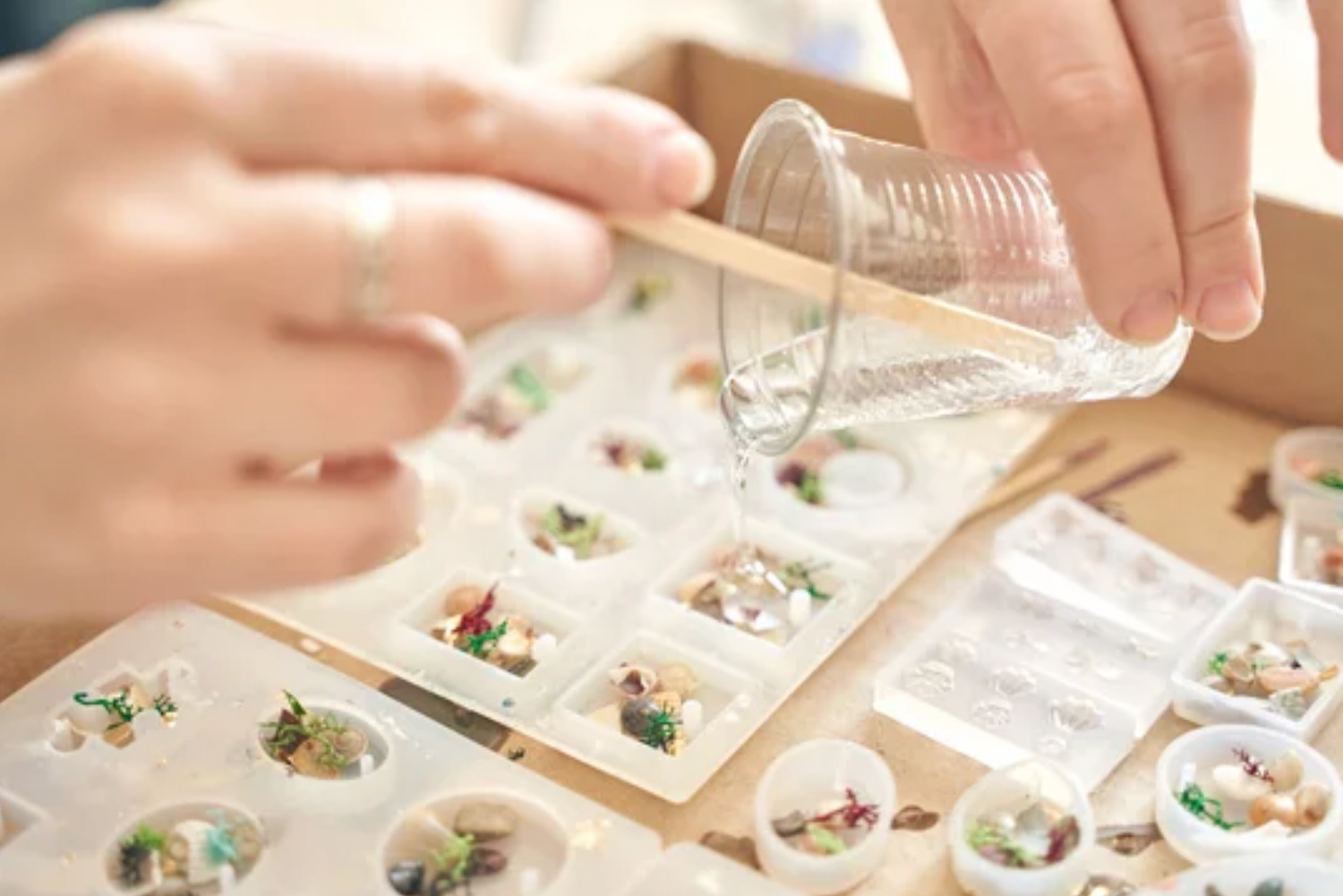

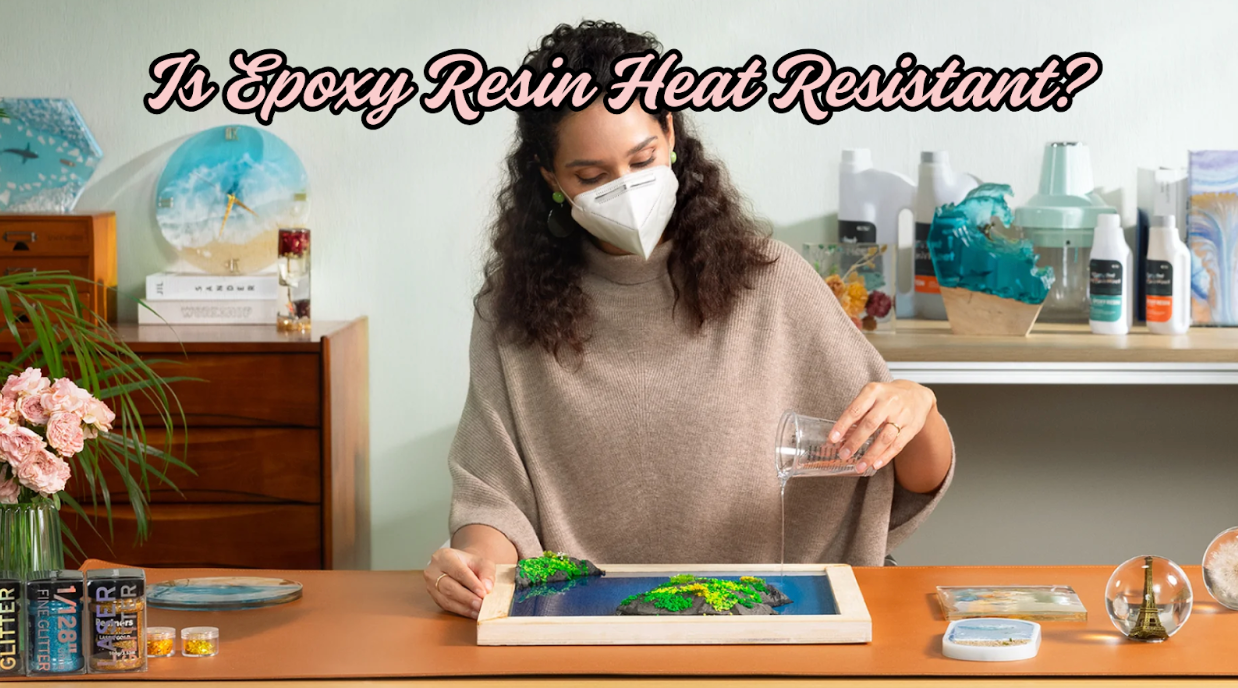

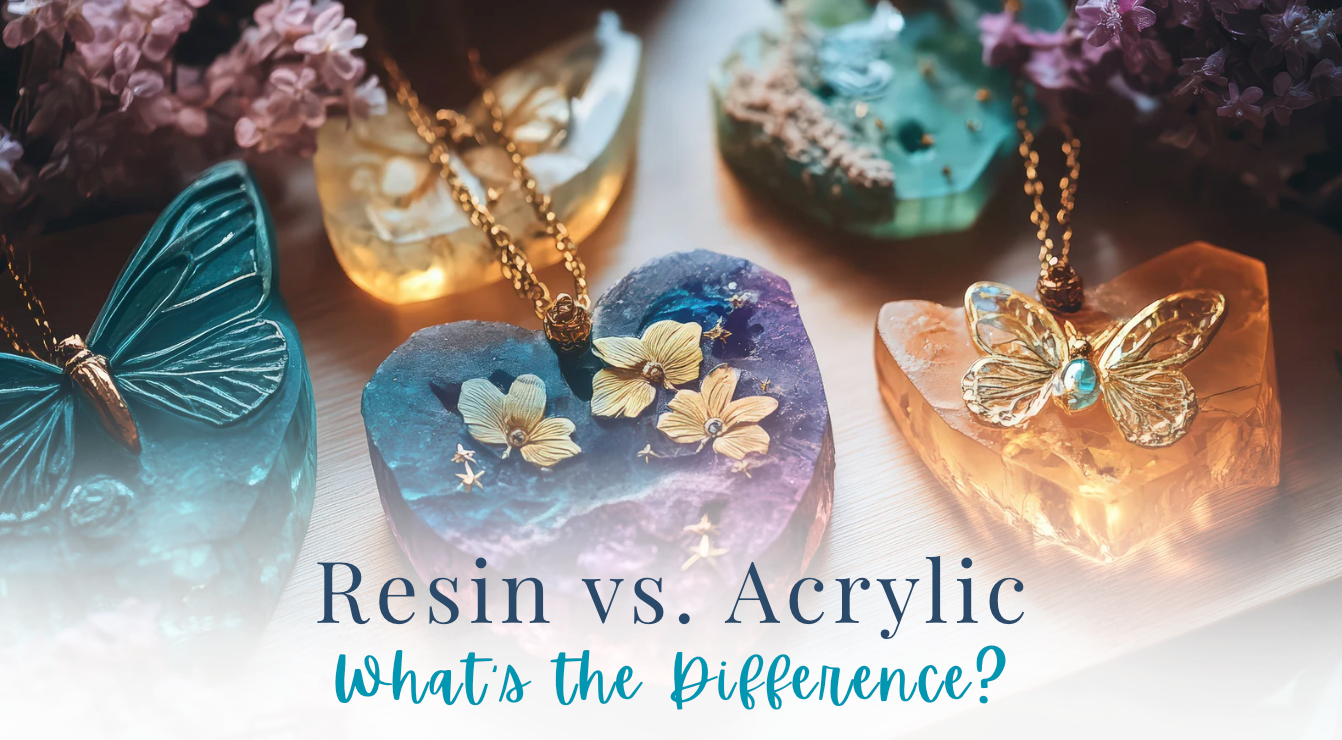
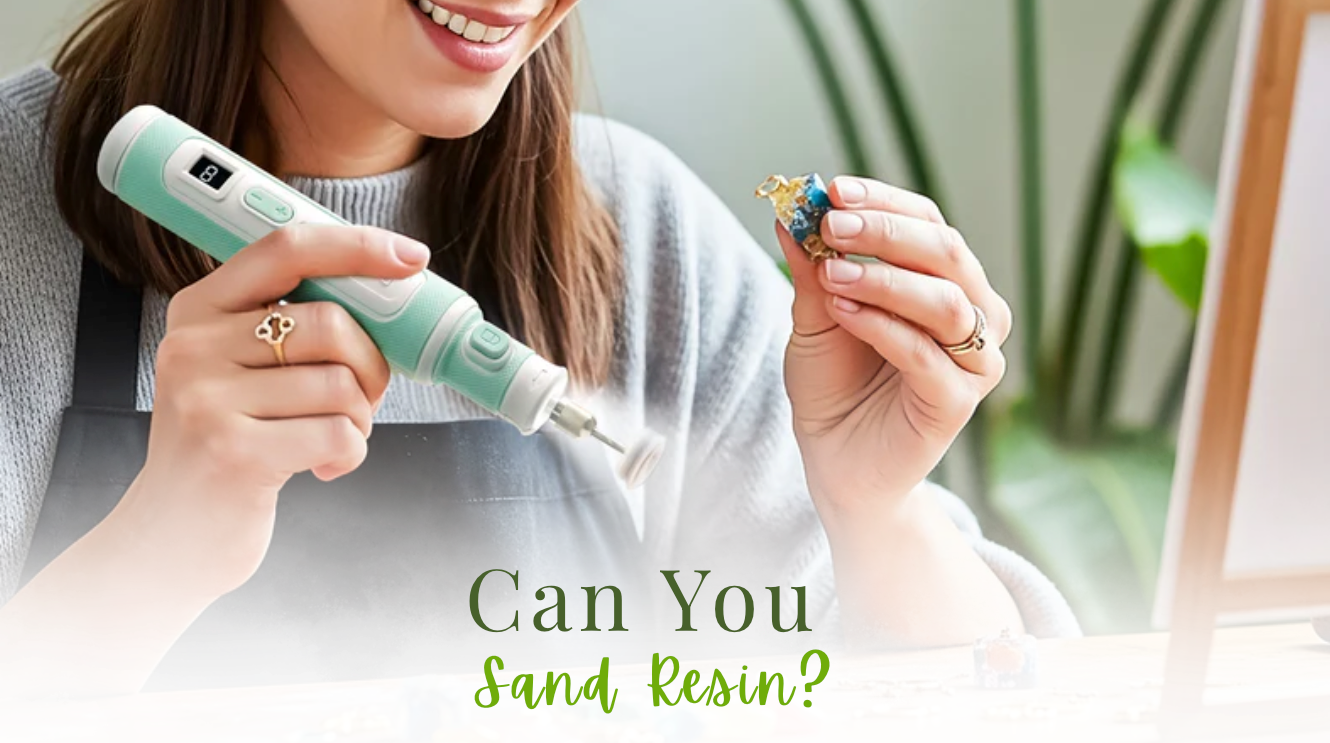
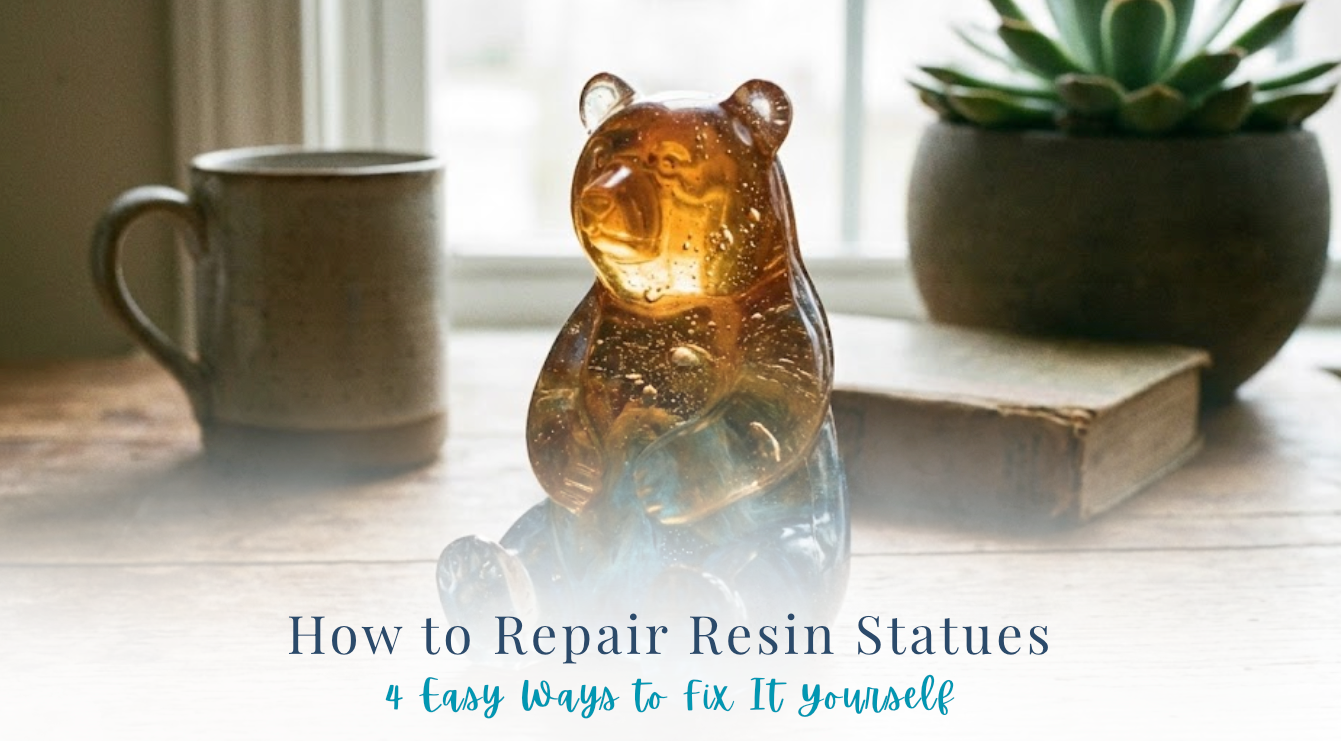

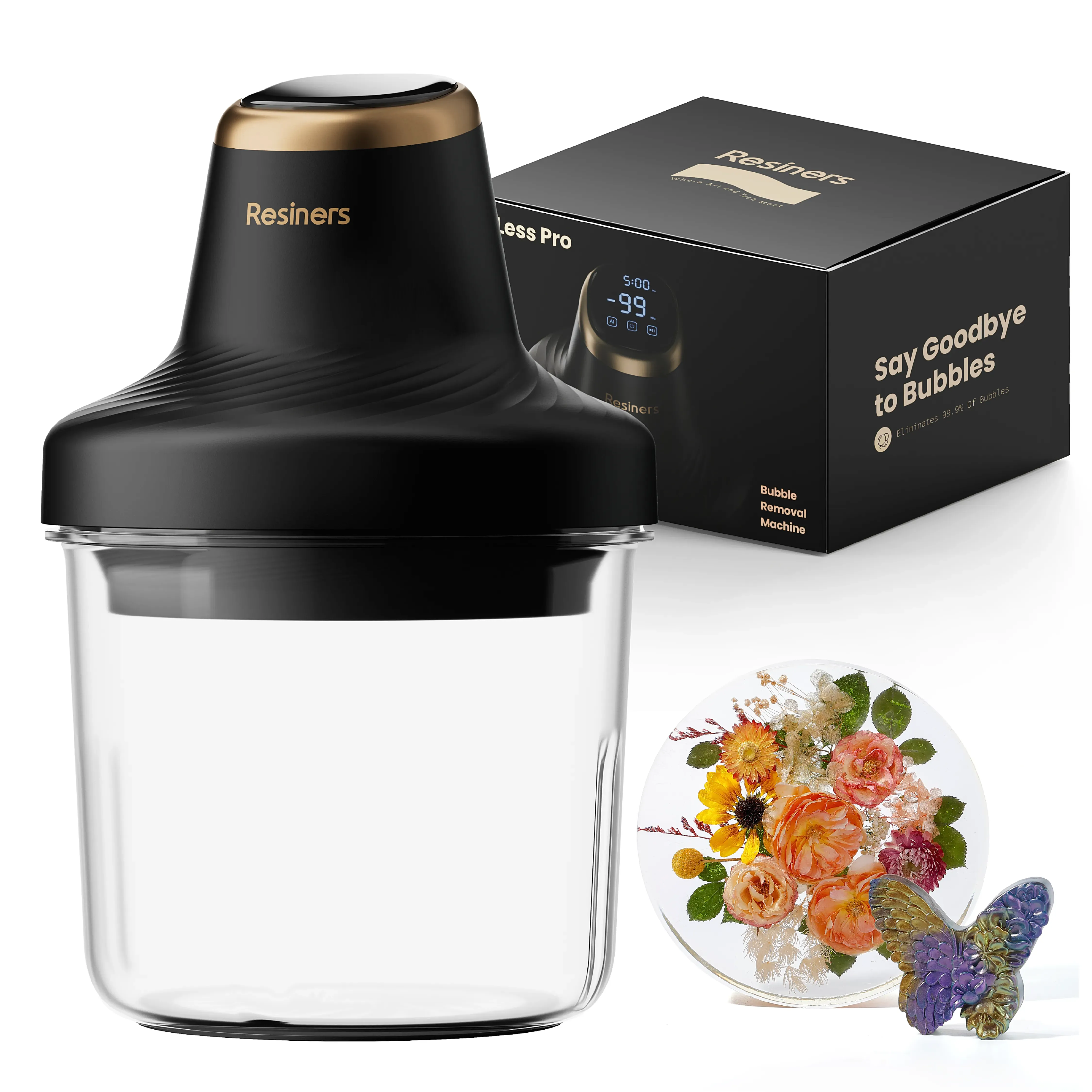


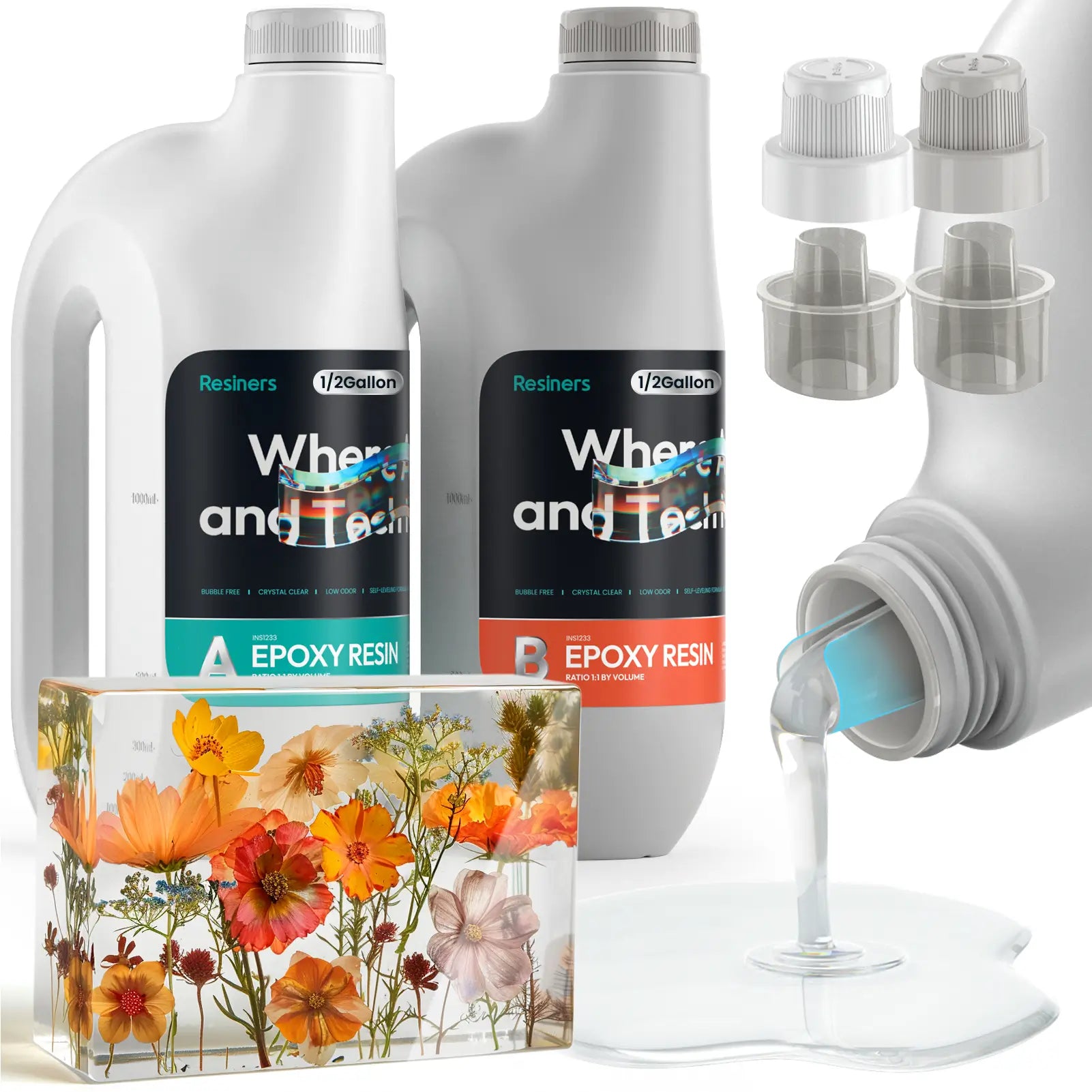
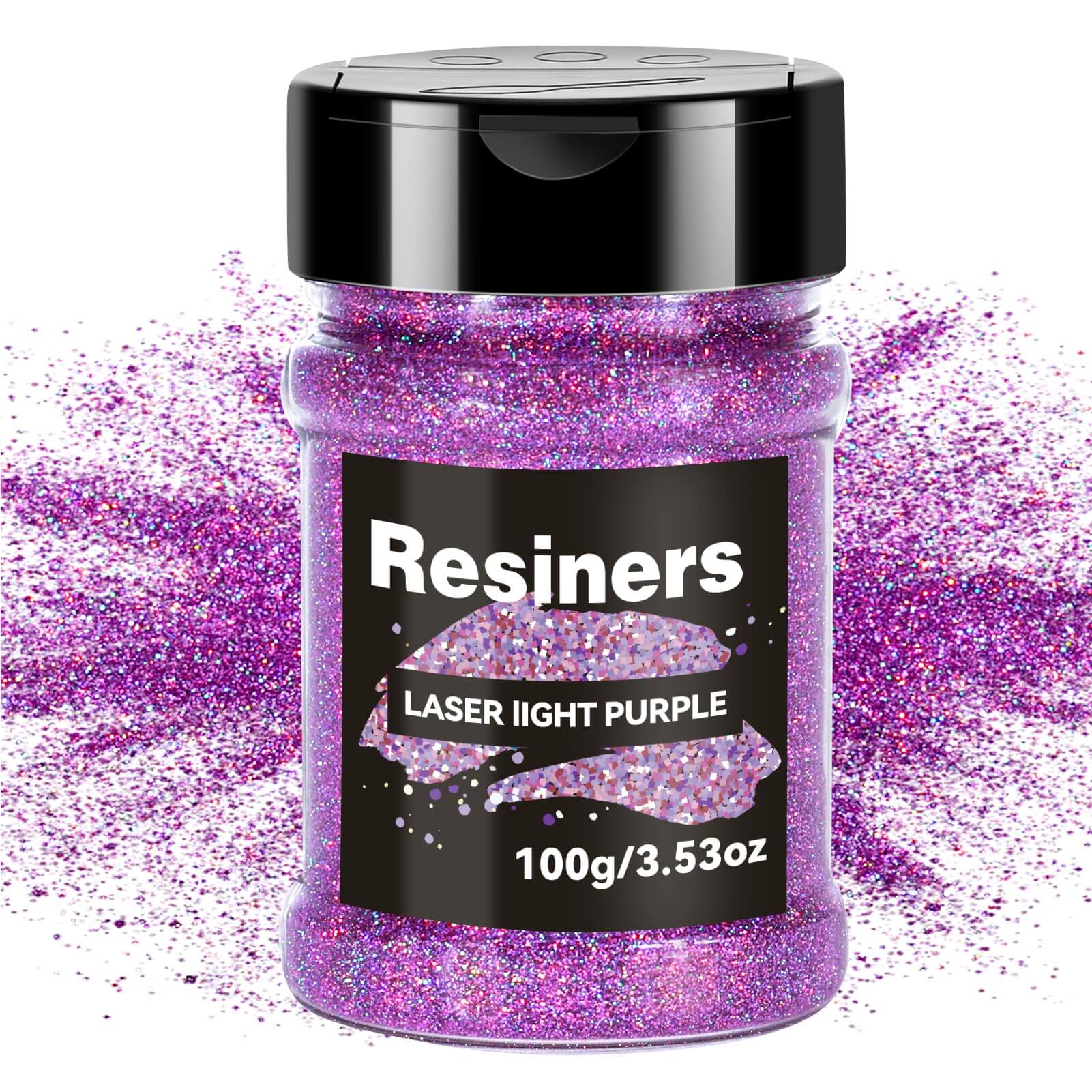
Deixar comentário
Este site é protegido por hCaptcha e a Política de privacidade e os Termos de serviço do hCaptcha se aplicam.